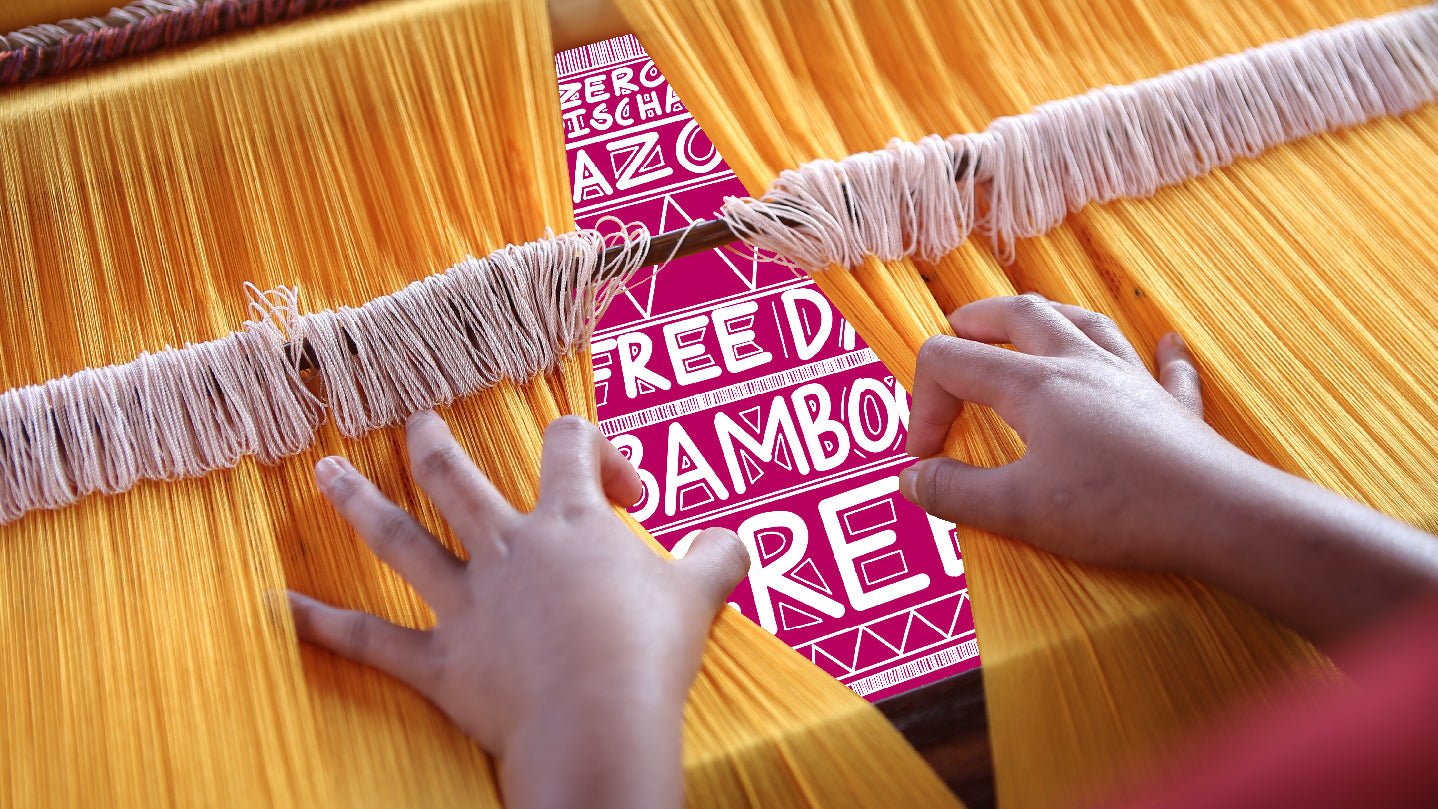
We hope this article helps dispel some of the terminologies, myths and half truths surrounding textile terminology and help you in making the right choice of textiles.
Zero discharge – ZDHC or Zero Discharge of Hazardous Chemicals is a program started in 2011 to reduce the chemical footprint of the textile and leather industry by eliminating hazardous chemicals which may impact production workers, local communities, and the environment. n layman terms it prevents the use and discharge of harmful chemicals in the plants where it is implemented through continuous testing and inspections.
Oekotex standard 100 – Oekotex standard 100 is a globally standardised independent testing and certification system for raw, semi-finished and finished textile products. It ensures that the products manufactured under its umbrella are free from harmful chemicals. It guarantees that azo dyes , formaldehyde , cadmium , nickel , lead etc are not present among others in a stringent test criteria.
Azo free dyes - Refers to any dyes that do not contain the main known carcinogenic chemicals that have been regulated by the EU. Currently azo dyes are banned by many countries around the world.
All our products are manufactured in ZDHC certified and Oekotex certified units using Azo free dyes, ensuring that the product you buy does not harm you or the environment.
Green washing – when companies mislead consumers to believe that their products/practises are more eco-friendly than they actually are by making false or exaggerated claims!
Woven vs Printed – what’s the difference?
Woven towels refer to Yarn dyed woven towels. In a typical manufacturing process for yarn dyed woven towels , the yarn (spun from cotton, bamboo , linen etc) is dyed and then woven into fabric which is then cut and sewn.
Printed towels – for printed products, the yarn is woven into fabric without any processing, and then the greige woven fabric is printed on.
Bamboo – why the recent hype?
There has been a hype in recent times about the benefits of bamboo. No doubt both cotton and bamboo have their own advantages. Bamboo absorbs highly and dries twice as fast as cotton too. It is also said to be anti-bacterial and offers UV protection. A lot of people falsely tout the environmental benefits of bamboo. While it is a sustainably grown crop, it can be less eco-friendly to turn it into cloth. Another disadvantage is that bamboo is not as strong when damp and extra effort needs to be taken to ensure a long life.
Cotton on the other hand has been around for thousands of years, and can be traced to the initial roots of civilization. Cotton is highly absorbent, though takes slightly longer to dry. It is also a very robust fibre compared to bamboo and will last many years if cared for properly.
Our unique combination of bamboo and cotton ensures that you get the best of both worlds!
